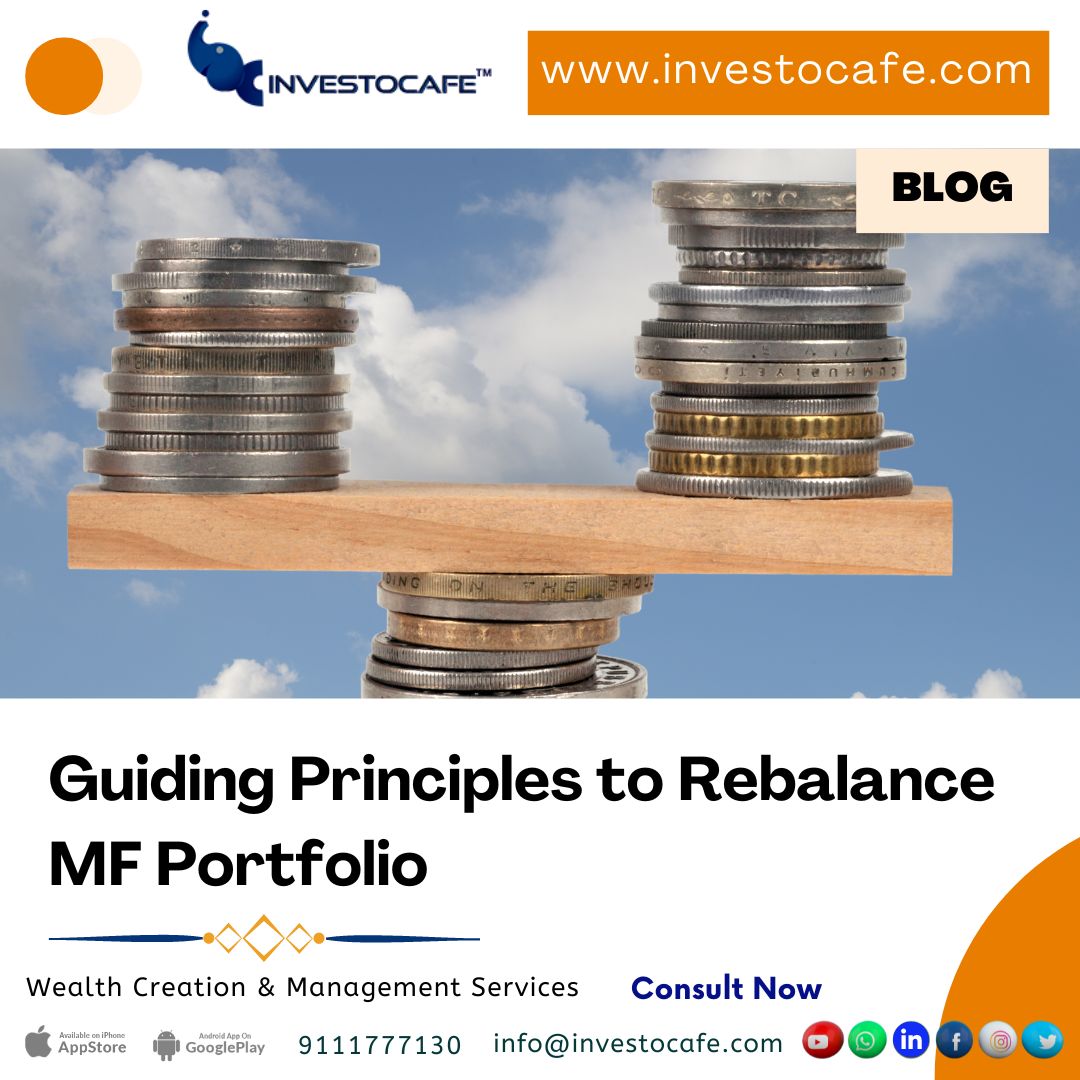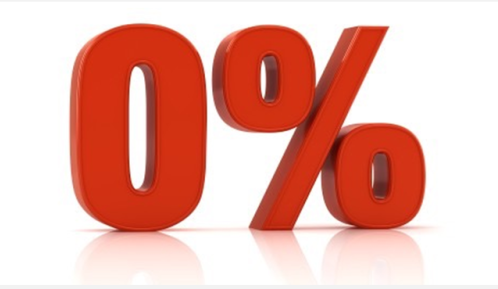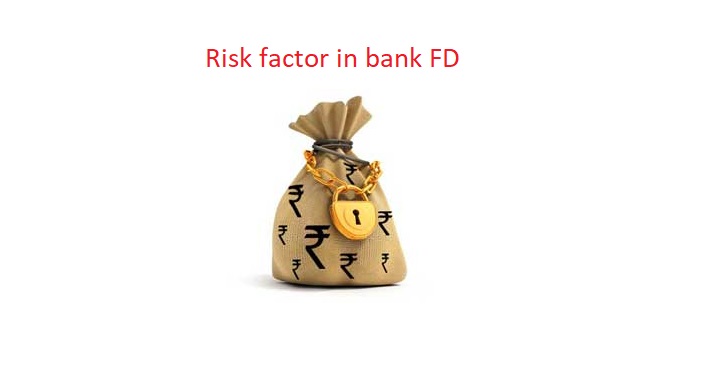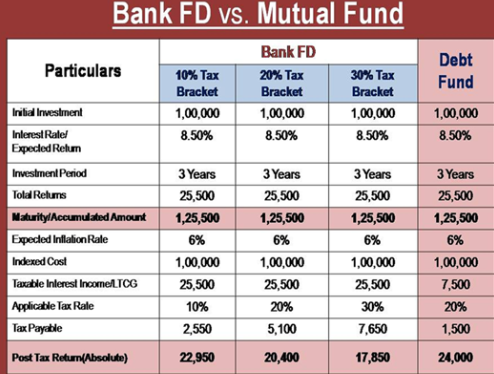
Guiding Principles to Rebalance MF Portfolio
 Shruti Sharma -
Nov 18, 2022
Shruti Sharma -
Nov 18, 2022
Rebalancing is equally crucial to investing. You can adjust it annually or whenever your asset allocation veers off the path you had originally intended. Investors who have been using mutual funds for a while now encounter two issues. First, when and how should their portfolios be rebalanced? The second is how to trim down the number of funds in their portfolio. It is worth mentioning here that Investocafe does the Portfolio Rebalancing free of charge to give best wealth managment service experience.
We'll use a straightforward example to demonstrate this. Assume you began investing with a 60:40 allocations between equity and debt. But your allocation has increased to 74:26 following a few of successful years for stocks. This means that the 60 percent of your stock allocation has increased in value as a result of market expansion, and that equities now account for 74 percent of your portfolio. Additionally, since you have been investing for a while, your portfolio now contains four debt funds and 11 equity funds. Rebalancing entails assessing and restoring the initial intended asset allocation, as you are already aware. In this situation, equity has increased to 74 percent of the portfolio, therefore you would wish to reduce it to 60 percent again. This entails selling 14% of shares and investing the proceeds in debt.
Three methods of rebalancing:
#1: Rebalancing on occasion
This could be carried out yearly. Some people do it twice a year. But for the majority, performing it once a year is sufficient.
#2: Rebalancing based on deviations
If your allocation deviates outside of a specified tolerance band, this is triggered. Let's assume that the tolerance range is +/-5%. In a 60-40 scenario, your portfolio will need to be rebalanced if it falls below 55% or rises beyond 65%.
#3: Merge the best aspects of both worlds
Combining the first two is the third & preferred choice. The investor evaluates on a semi-annual basis, say, but only rebalances when the deviation exceeds the tolerance zone.
Here are some general ideas on how to rebalance your portfolio because each portfolio is different.
Are so many large-cap funds really necessary?
There is enough empirical data to conclude that beating large-cap funds' benchmark indices is becoming more difficult. Look at the amount you have put into large-cap funds. Additionally, how many of these funds are in your portfolio.
Consider progressively withdrawing from active large-cap funds. It makes logical to exclusively use index funds to gain exposure to large-cap stocks. In any case, the portfolios of the majority of active large-cap and index funds overlap. Therefore, it is preferable to progressively reduce their holdings and only keep a few index funds for large-cap exposure.
Limit your exposure to mid- and small-cap funds.
Active funds are a wise investment in the mid- and small-cap space. However, it is not required to have too many schemes in these two groups. Do not invest more than two funds in each of these two categories unless you have a sizable portfolio.
Watch this video to understand “Be Careful while Investing in Mid & Small Cap Funds”
Don't use duplicates
Diversification is one of the primary benefits of investing in mutual funds. Your mutual fund scheme can diversify among 30–60 stocks for as low as Rs 5,000. However, if you have a similar set of mutual fund schemes, such as three or four flexi-cap funds, you can notice the identical equities in each of your portfolios. That is not ideal.
Watch Video to know more about Diversification
Keep in mind your debt funds.
Pay attention to your debt funds as well. Debt funds won't influence your asset allocation as much as equity funds because they grow more slowly. But debt funds are crucial to your portfolio in situations like these, when interest rates are climbing or about to rise. They protect you throughout rate declines as well as the reversal of the interest rate cycle.
What are Debt Funds? Watch video in English or Hindi Video
Get rid of the eccentrics
Compare the fund's performance to that of its peers and own benchmark. Get rid of it if there is persistent underperformance. Take out of your portfolio any funds having a weight of 7% or less. These are funds that you may have previously invested in or in which your Systematic Investment Plans have been suspended (SIP). Or perhaps you've made sporadic, little investments in the past. To have an effect on the returns of the entire portfolio, their allocation is too modest. Eliminate them.
These actions will not only assist in rebalancing your portfolio but also in reducing the number of funds and clearing up the mess.
Watch Investocafe Customer Speak https://www.youtube.com/watch?v=iTPUswMZYZI
Calculate Investment Returns here!
Book one free wealth management consultation with Investocafe’s certified advisor.
Contact Us @ 9691924593 or Call/WA @ 9111777130 or write at info@investocafe.com
To get in touch please visit us at investocafe.com














